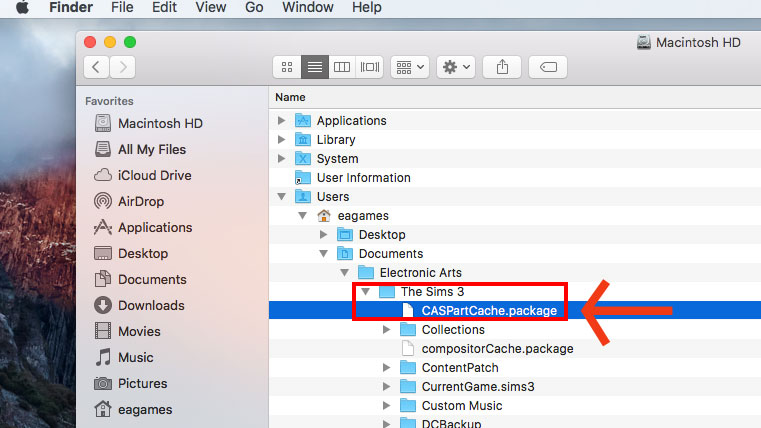The light replenishes every time you go near a source of light (i.e. The candle stations), stay near the clouds during flight, or touch other flying creatures of light as you explore the game’s enchanting world. Holding hands with a friend (especially when traveling through dangerous realms) will also keep your light charged. Want to decorate your Mac for Christmas and the holidays? How about putting some blinking Christmas lights and a tree on your Mac desktop? If you’re feeling festive then you’re in luck, because the classic Mac app TreetopLights still works on many Macs (as long as they have 32-bit apps support anyway, sorry Catalina).
It’s only just April, and already the rumours are spreading about what Apple is going to announce at its developers’ conference, WWDC, this summer. First on the list, perhaps because it is the simplest to understand, is that OS X may be renamed macOS.

The claim is that this would make Apple’s operating system names more coherent: macOS for Macs, watchOS for Watches, tvOS for Apple TV, and iOS for i-devices including iPads and iPhones. That would certainly make sense, although the distinction of i-devices is a bit more complex, because of the existence of iMacs, but that is the result of inconsistency in product naming.
Apple has been able to gently re-engineer history by making subtle and progressive changes in the naming of its Mac operating systems. Those who only came to Macs after Mac OS X might think that the Mac operating system was always referred to as Mac OS, but that is of course quite untrue. The first releases were known in full as Macintosh System Software, and it was only in 1986 with the release of the first full version – just over two years after the first Macs shipped! – that this contracted to System Software 1.
When System Software 6.0 was released in 1988, it was normal to refer to it as System 6, and that approach worked through until what was renamed Mac OS 7.6 in 1997. This prepared us, through Mac OS 8 and 9, for the leap to what was intended to be pronounced Mac oh-ess ten in 2000 (as a public beta).
In changing the numeral from the Arabic 9 to Roman X, though, users became divided as to whether to call it Mac oh-ess ten or Mac oh-ess eks, however much the official line stressed the former. Then in 2012, the Mac was dropped altogether, and we have been writing and talking about OS X.
The Riddle Of Lights Mac Os 11
Viewed like that, the Macintosh operating system has had frequent name changes:
- Macintosh System Software 1984-86
- System Software 1986-88
- System 1988-1997
- Mac OS 1997-2000
- Mac OS X 2000-2012
- OS X 2012-16?
This makes macOS a gentle reminder of Mac OS and even the original Macintosh System Software.
The Riddle Of Lights Mac Os 11
But I think that this misses the point. Classic Mac OS had a lifetime of 16 years, until Mac OS X appeared in public beta in 2000. OS X is now approaching 16 years old too – this September if you count from the release of the Public Beta, or March 2017 from the first full release of Mac OS X 10.0. In the not too distant future, Apple is going to need to release major version 11 of its operating system for Macs, and naming it from OS X is a problem: would it become OS X 11.0 or OS XI 11.0?
The Riddle Of Lights Mac Os Download
Should Apple rename OS X this summer to macOS, this will not only mark a rationalisation in the naming of its operating system, but far more importantly starts the countdown to the first release of macOS 11. That will affect us much more than mere branding.
Version 2.1:- Moved lightsets to Application Support to prevent future versions from overwriting them*
- Support for hanging mode - lightsets may be displayed around screen border or hanging from the top of the screen.
- Widget now automatically positions itself when launched
- Better resizing algorithm fits tightly to the screen edges
- Close button has been moved to a more accessible location
- Optimized for greater efficiency